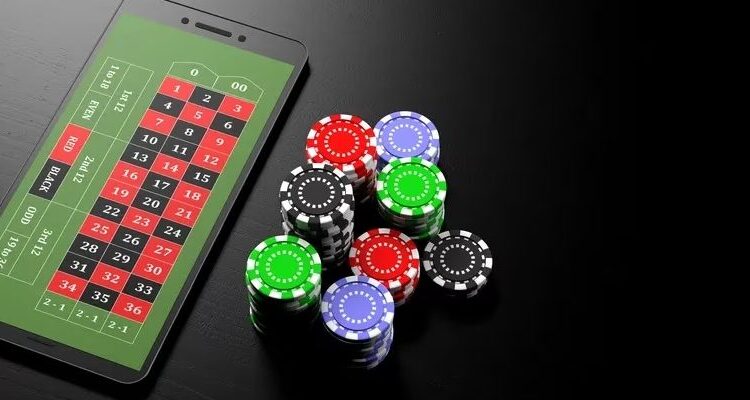Competitive environments require sophisticated decision-making approaches that integrate analytical reasoning with instinctive awareness while maintaining optimal performance under pressure through hybrid methodologies that combine mathematical precision with intuitive timing recognition. clocc.net competitive analysis reveals how successful players develop balanced approaches that leverage logical assessment and subconscious pattern recognition while adapting to dynamic competitive conditions that demand flexible strategic responses.
Competitive pressure dynamics
Tournament environments and high-stakes games create psychological pressures that can overwhelm pure analytical approaches while demanding rapid decision-making that requires intuitive assessment capabilities beyond computational analysis. Pressure dynamics affect cognitive processing through stress-induced limitations that impair complex mathematical calculations while enhancing subconscious pattern recognition and instinctive response mechanisms. Competitive situations often require immediate decisions that preclude extensive analytical evaluation while demanding accurate assessment through alternative cognitive processes and rapid strategic evaluation.
Mathematical foundation establishment
Competitive success requires solid mathematical understanding that provides an analytical foundation for strategic decision-making while enabling objective assessment of probability, expectation, and optimal betting approaches across competitive scenarios. Foundation establishment involves comprehensive probability education, house edge analysis, and statistical assessment capabilities that inform strategic decisions while providing a rational basis for competitive positioning and tactical selection. Mathematical competency enables competitive players to maintain a logical perspective during emotional periods while providing objective measurement standards that guide strategic development and performance evaluation throughout competitive gaming experiences.
Intuitive timing recognition
Competitive environments often provide subtle cues and timing indicators that require intuitive recognition beyond analytical calculation while enabling strategic advantages through subconscious pattern detection and environmental awareness capabilities. Recognition development occurs through an extensive competitive experience that trains subconscious assessment mechanisms while building sensitivity to psychological dynamics, opponent behaviours, and environmental factors that influence optimal strategic timing and tactical execution.
- Opponent behaviour assessment – Competitive intuition enables a recognition of the opponent’s psychological states, betting patterns, and strategic tendencies that provide tactical advantages through subconscious observation and behavioural analysis beyond conscious analytical capabilities.
- Environmental atmosphere evaluation – Intuitive awareness detects competitive atmosphere changes, pressure fluctuations, and psychological dynamics that influence optimal strategic timing and tactical adjustment requirements throughout competitive gaming sessions.
- Momentum shift identification – Experienced competitive players develop sensitivity to psychological momentum changes and competitive dynamics that signal optimal strategic adjustment timing through intuitive recognition rather than analytical calculation.
- Stress level monitoring – Intuitive assessment enables recognition of personal stress levels and cognitive capacity fluctuations that require strategic adjustment and tactical modification to maintain optimal competitive performance throughout gaming sessions.
Decision synthesis methods
Effective competitive performance requires systematic integration of analytical insights with intuitive assessment through rapid synthesis processes that combine mathematical analysis with subconscious evaluation while maintaining decision-making speed and accuracy under competitive pressure. Synthesis methods enable comprehensive assessment that incorporates logical reasoning and instinctive awareness while preventing analysis paralysis that compromises competitive timing and strategic effectiveness. Integration approaches balance analytical depth with intuitive sensitivity through practised decision-making protocols that maintain comprehensive evaluation while enabling rapid response to change competitive conditions and strategic requirements. Effective integration enables comprehensive strategic evaluation while preserving rapid response capabilities and competitive advantages through the practised synthesis of analytical reasoning and subconscious awareness.



















